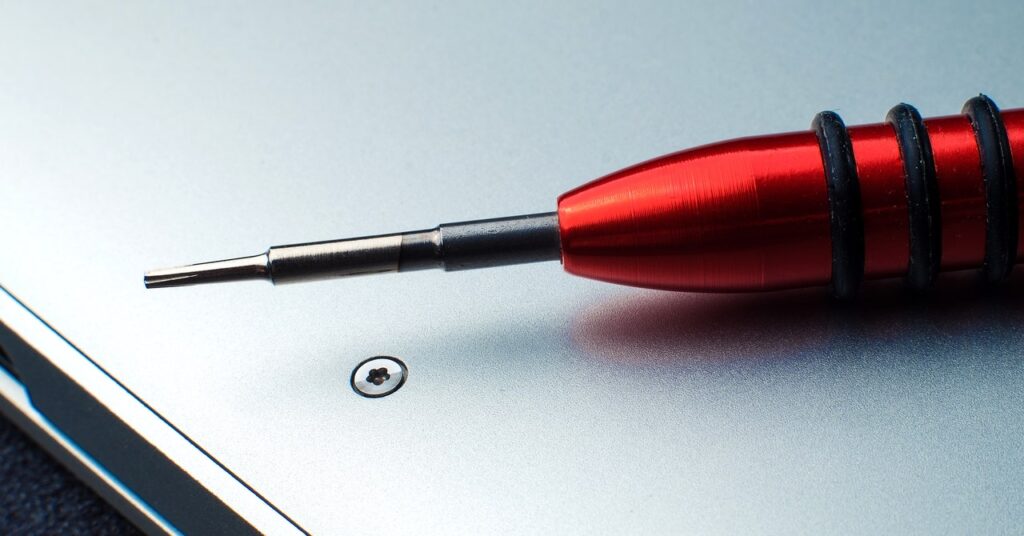Apple’s Self-Repair Program Has a Long Way to Go
The company added support for MacBooks this week, but critics say that the repair manuals and processes are unnecessarily complicated….


This is on top of Apple making many products that are inherently not user-upgradeable, sometimes in the name of potential performance gains or improved experiences. Things like soldered-down NAND chips, proprietary screws, and components that are only sold to Apple-authorized repair stores continue to limit how much customers and third-party repair shops can do on their own.
As tech blog KnowTechie wrote this week, it can be hard for such repair shops to find certain MacBook components, resulting, at times, in full logic board replacements when a cheap chip fails and higher repair costs for consumers.
Give Apple a Little Credit
We’ve detailed some of the flaws in Apple’s self-repair program, but it’s still in its infancy. So far, it only pertains to M1 MacBooks, the latest iPhone SE, the iPhone 12 lineup, and iPhone 13 series. Apple plans to bring the program to other unspecified Macs later this year.
As it stands, though, the program represents an improvement for Apple, which just a year ago shared only a scant number of repair manuals online. Now, it’s not only providing manuals for modern iPhones and some MacBooks, albeit with some of the lost iMac manuals, but it also has a system for buying parts at, generally speaking, reasonable prices and buying or renting tools.
Apple has also enabled independent repairs of parts that, before, you either couldn’t fix on your own or required an authorized Apple partner to repair, such as the Touch ID Board.
Further, the MacBook Air manuals have been received with warmer regard, and Apple should, if you take its word for it, sell M1 MacBook Pro batteries without top cases … eventually.
Yes, the tool rental process requires a hefty security deposit and some literal heavy lifting. And there are still many products not yet accounted for in the store. Still, considering it wasn’t too long ago that Apple was actively lobbying against right-to-repair legislation, it feels like the company has made incremental improvements.
That’s not to say Apple is now your friendly neighborhood right-to-repair tech giant. But it’s at least showing a willingness to play ball … even if it then slathers that ball in cumbersome repair instructions, an imperfect tool rental process, and IMEI requirements.
Despite its criticisms, iFixit agreed that Apple’s efforts deserve some applause.
“We’re really glad to see Apple finally making moves toward a more-open repair ecosystem,” Chamberlain said. “We’re definitely reading it as a sign that Apple knows they need to make some concessions to the Right to Repair movement.”
What would be even more promising is seeing Apple’s approach to repairability evolve. It has yet to address current concerns, such as IMEI requirements. And, for better or worse, there’s no talk of Apple dramatically changing design strategies to make its upscale devices easier to dismantle and repair or upgrade at home.
However, we look forward to Apple’s next addition to the Self Service Repair Store to see if it takes any notes on things like greater product representation (bringing back those iMac manuals would be a good start) and offering simpler processes for common tasks, like battery replacement.
This story originally appeared on Ars Technica.




